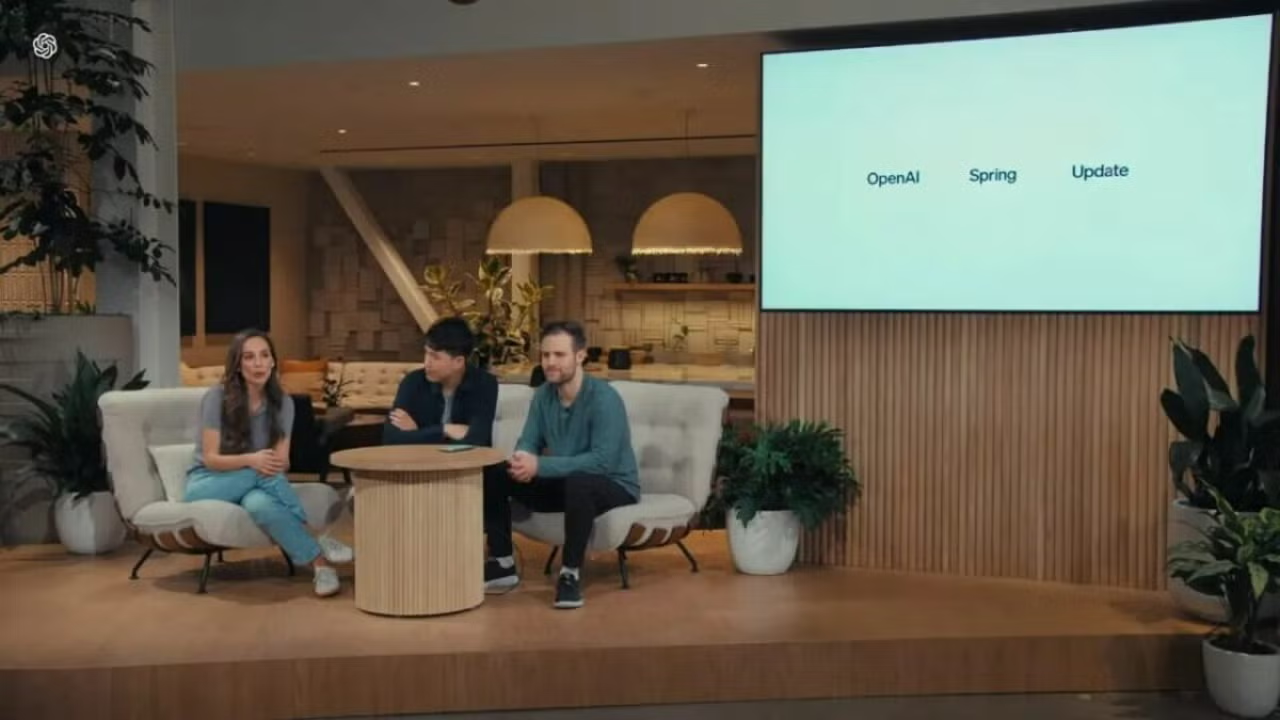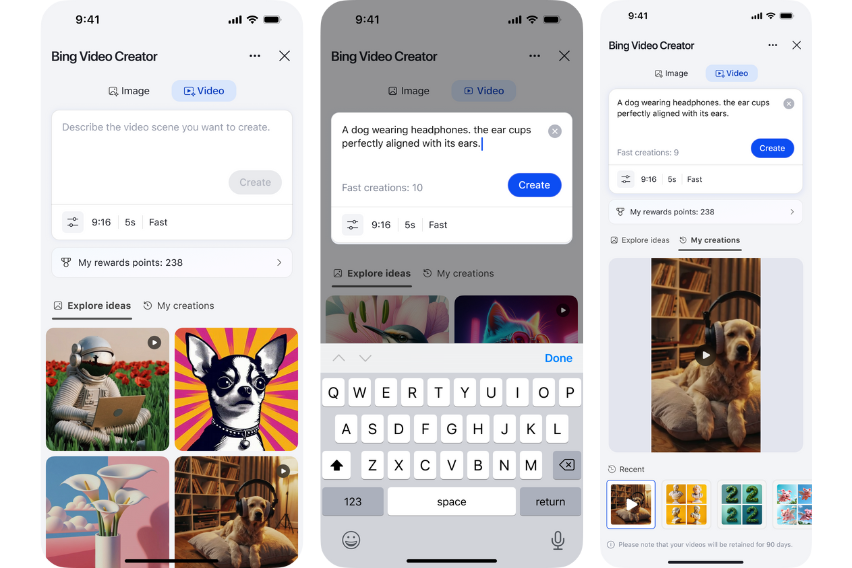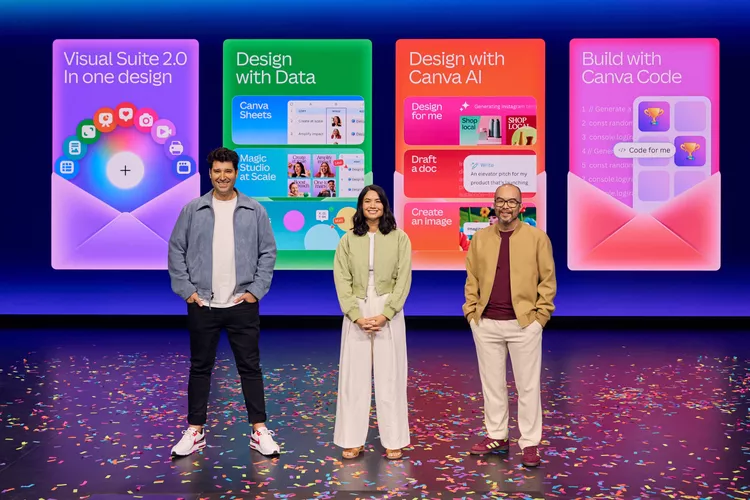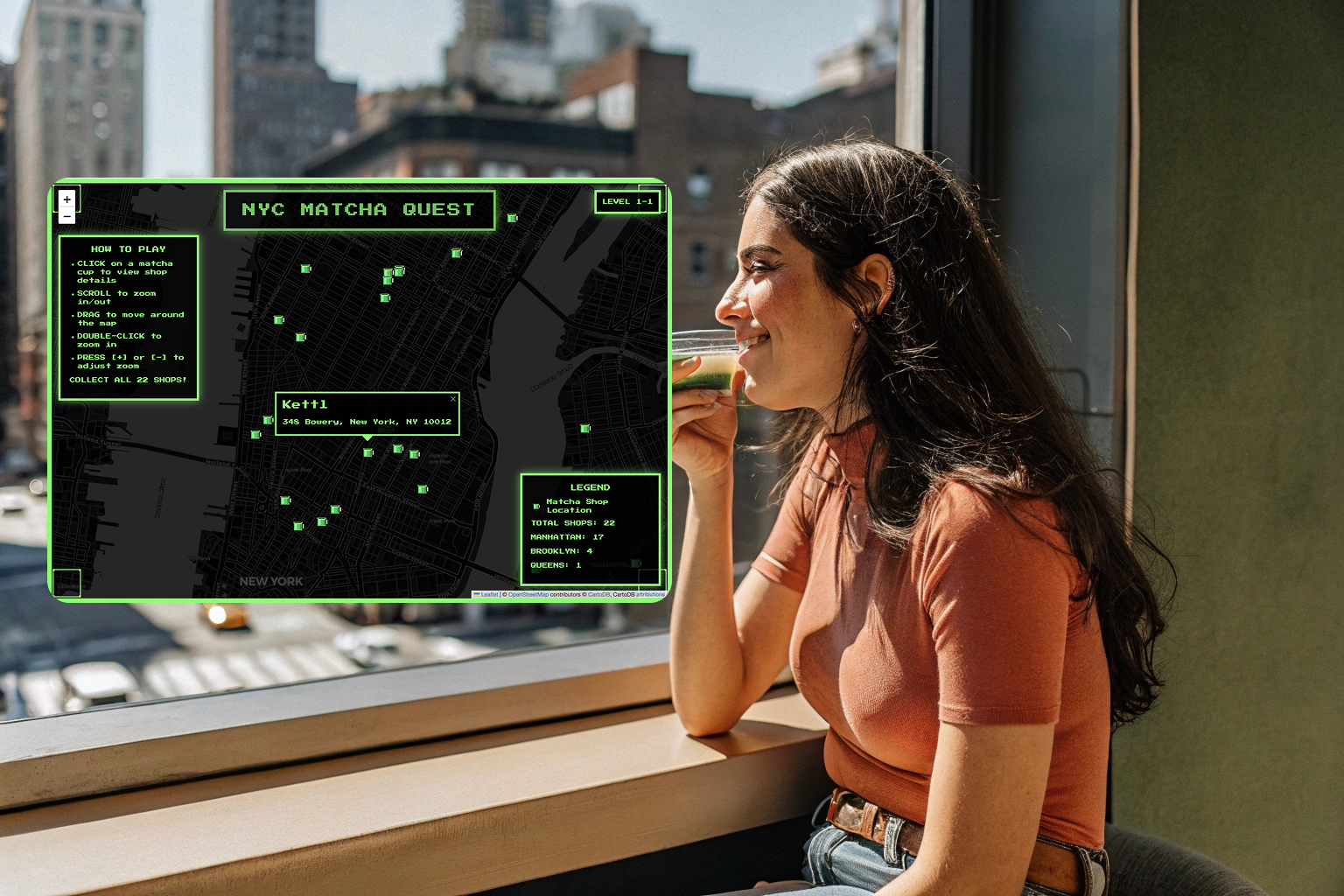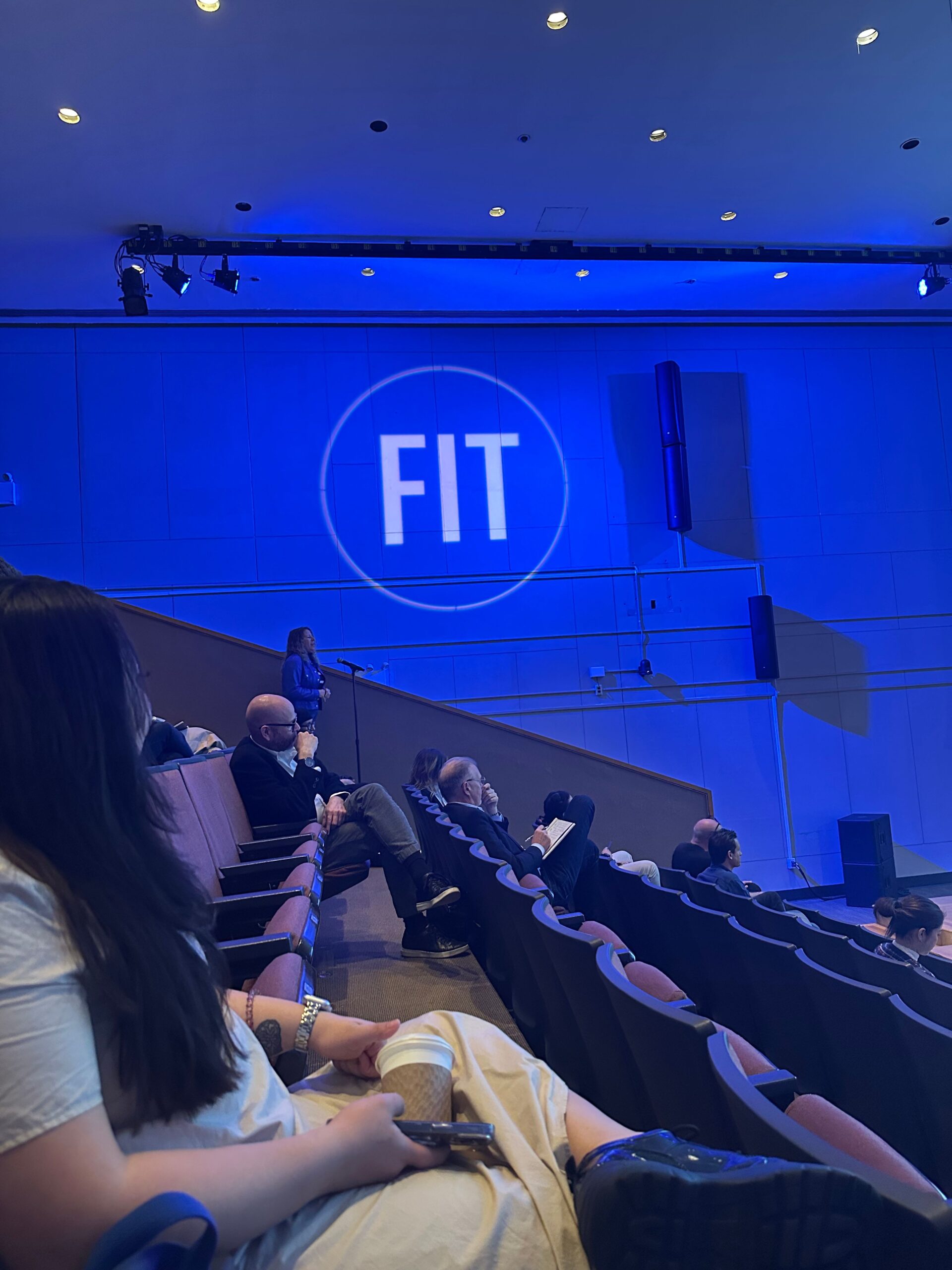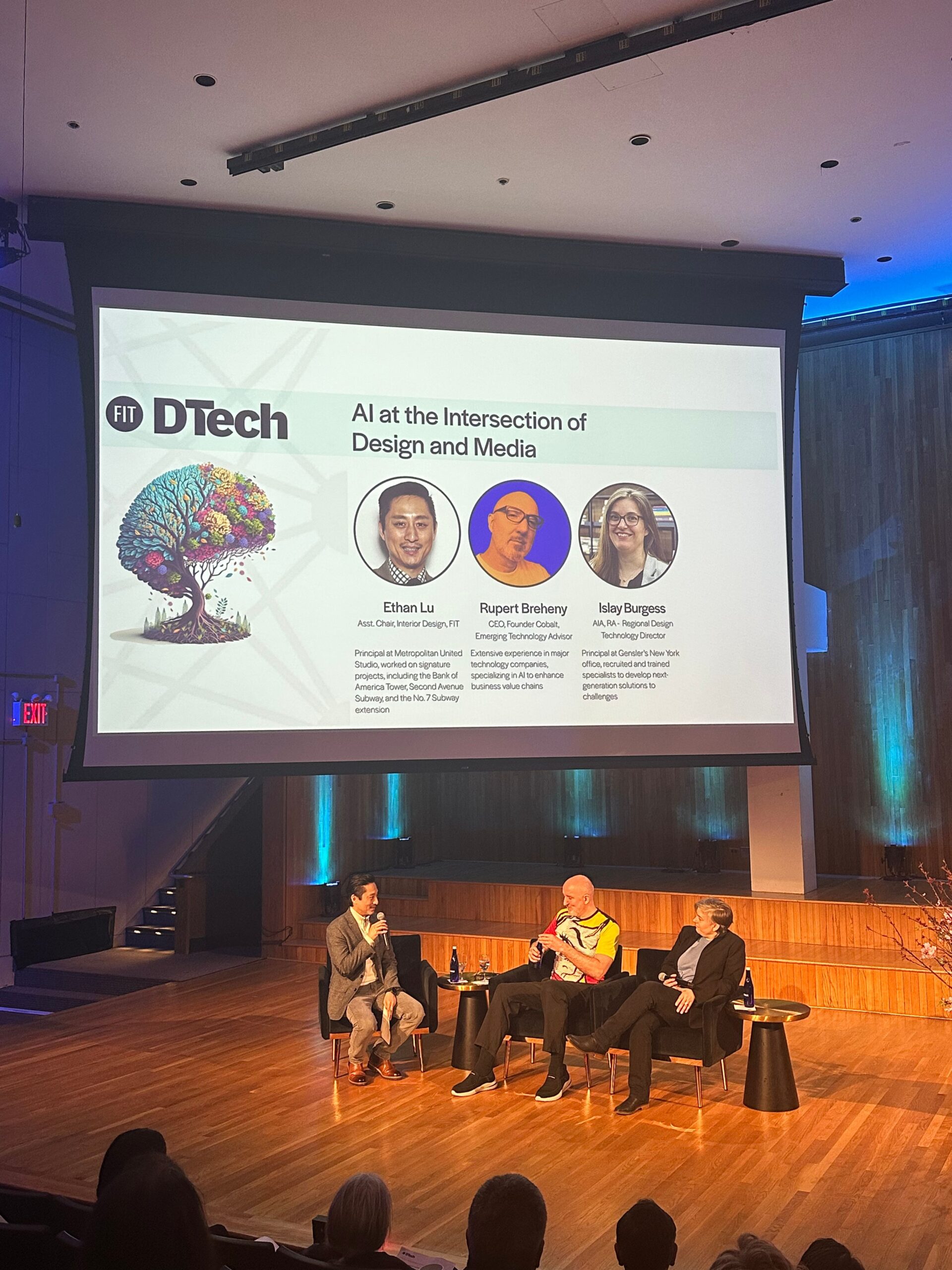Levi’s Partnership with Lalaland.ai to Create AI-Generated Avatars: A Ploy for Diversity or to Cut Costs?
Levi Strauss & Co, a global leader in jeanswear, has partnered with digital fashion studio, Lalaland.ai to create custom AI-generated avatars for modeling its clothes. Lalaland.ai uses “advanced artificial intelligence” to provide fashion brands and retailers with the ability to create hyper-realistic models of every body type, age, size, and skin tone.
Levi’s Aims to Increase Diversity Among Models
Levi’s generally has one model for each of its products, but the company understands that buyers might want to shop for clothes with models that look more like them. The partnership with Lalaland.ai is likely to help Levi’s expand the number of models that each line of clothing has, providing customers with a more personal and inclusive shopping experience.
Using AI-Generated Avatars to Achieve Diversity Goals
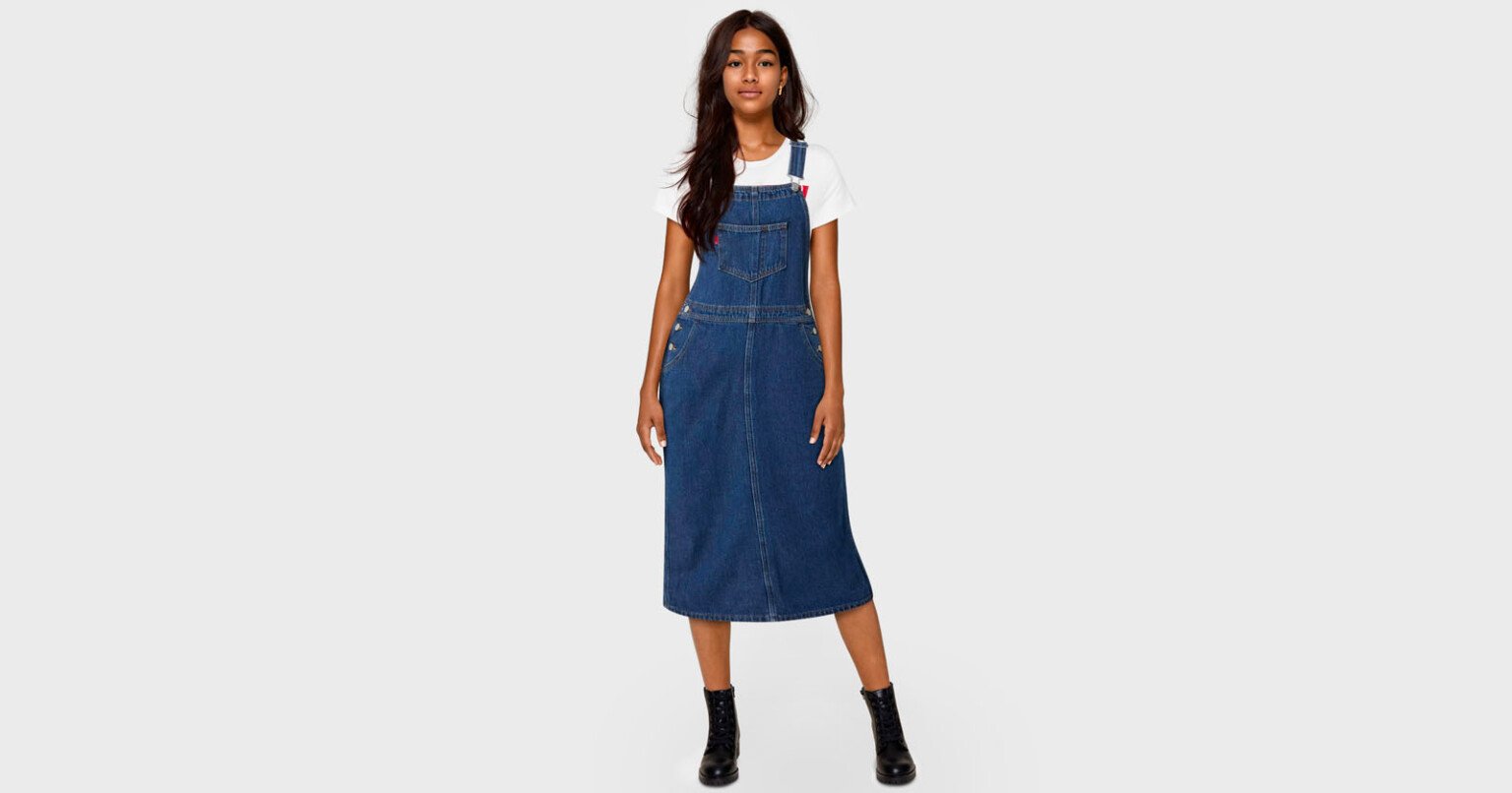
Levi’s partnership with Lalaland.ai is a genuine attempt to increase diversity among models. However, AI-generated models are not the only solution that the company is using to achieve its diversity goals. Over the past year, Levi’s has been working to ensure that its workforce, as well as those in front of and behind the camera, reflect its broad consumer base.
Skepticism Around Levi’s Motives
Some are skeptical of Levi’s motives for partnering with Lalaland.ai. They question whether the company’s partnership is a ploy to reduce costs rather than a genuine attempt to increase diversity among models. While AI-generated models are undoubtedly a way for Levi’s to achieve its diversity goals, the company asserts that it will never fully replace human models.
Balancing Diversity and Cost-Cutting Measures with AI-Generated Avatars
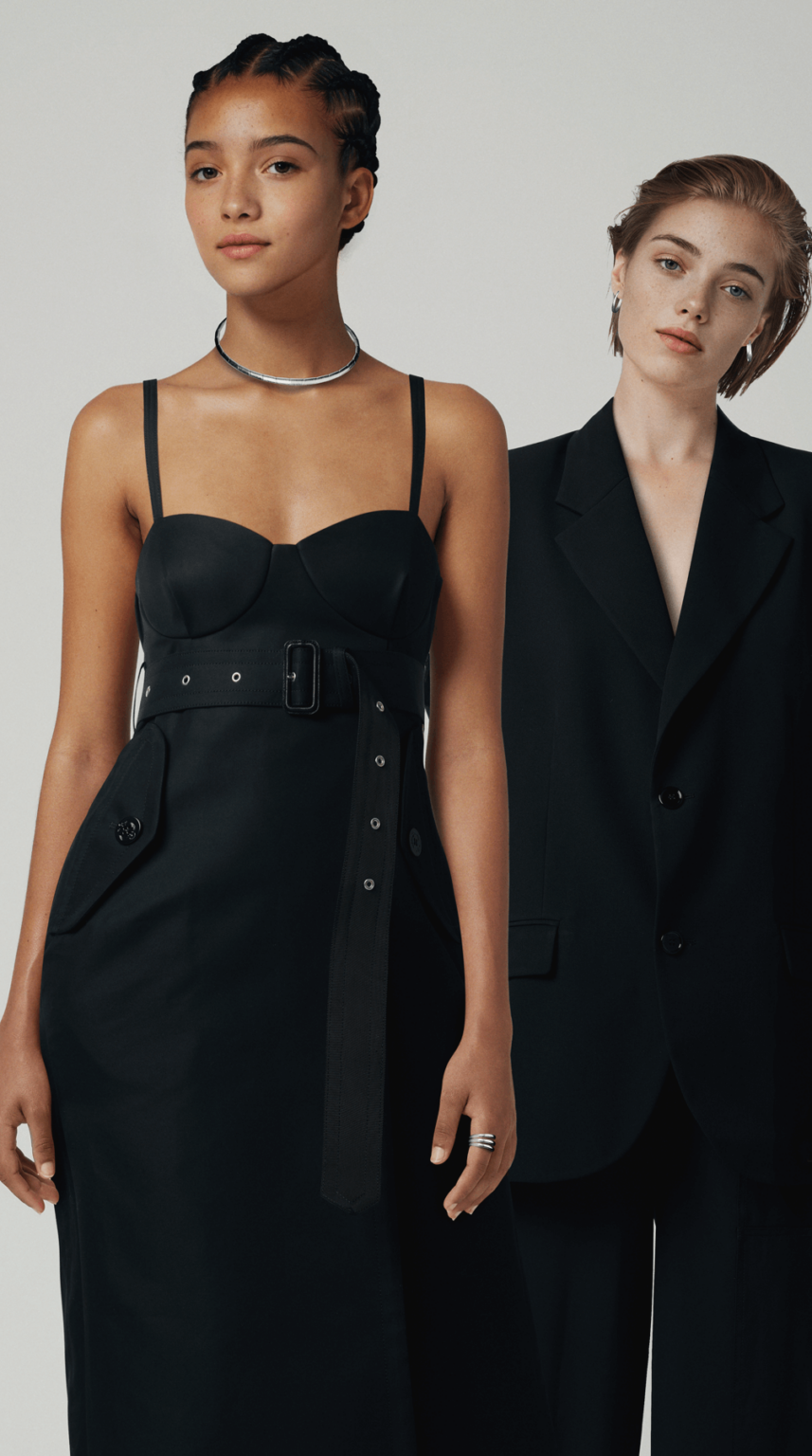
Levi’s acknowledges that AI-generated models can cut costs in the long run. The use of AI-generated avatars is likely to increase in the coming years, given the sheer volume of avatars that can be created with Lalaland.ai. However, the company also emphasizes that it aims to balance diversity and cost-cutting measures.
Conclusion
Levi’s partnership with Lalaland.ai to create AI-generated avatars for modeling its clothes is a significant step towards increasing diversity among models. While there is skepticism around Levi’s motives, the company’s commitment to achieving diversity goals is evident. The use of AI-generated avatars is likely to increase in the coming years. However, only time will tell if it’s a genuine attempt to diversify fashion or a cost-cutting measure that exploits the capabilities of AI.
Source: Petapixel
Image credits: Levi Strauss, Lalaland.ai
